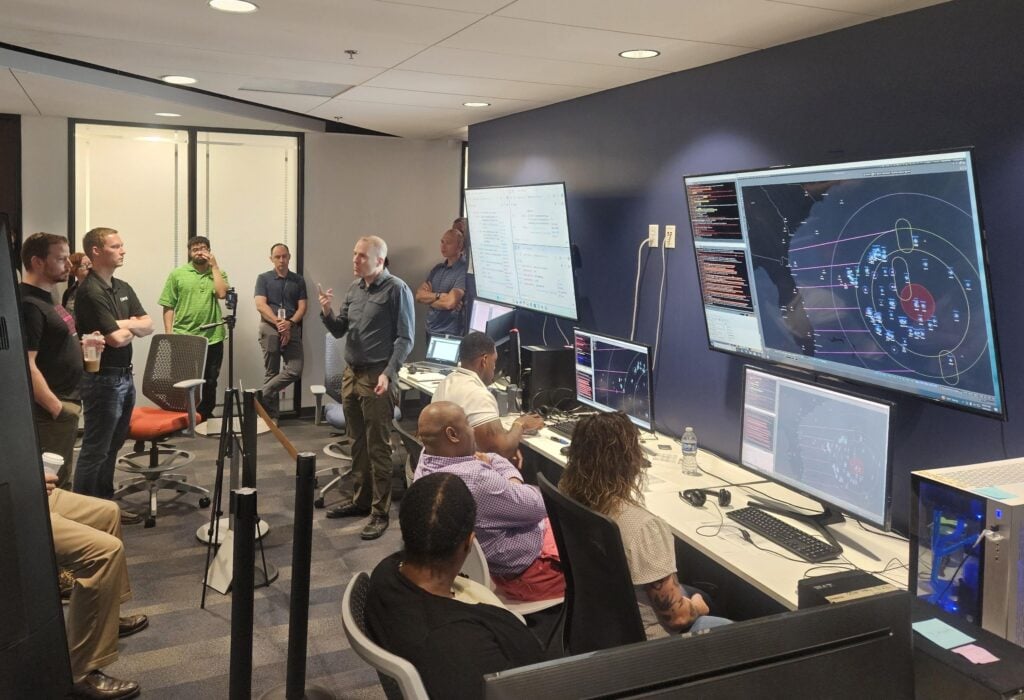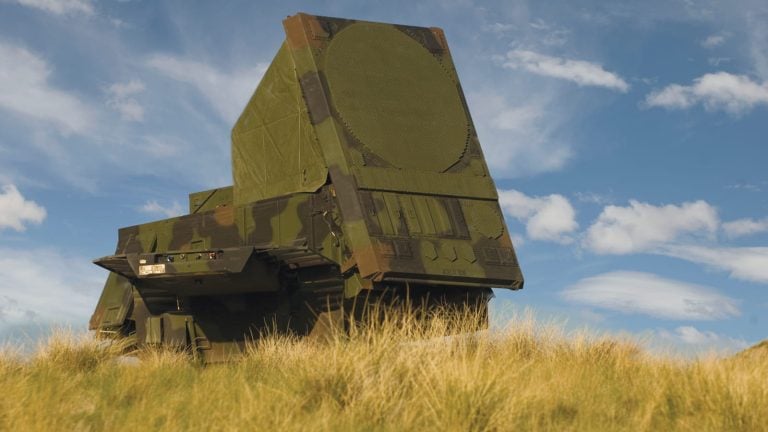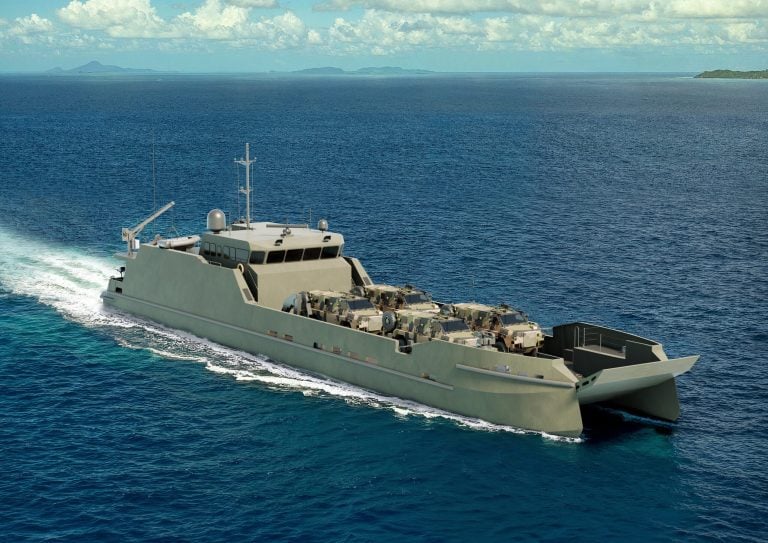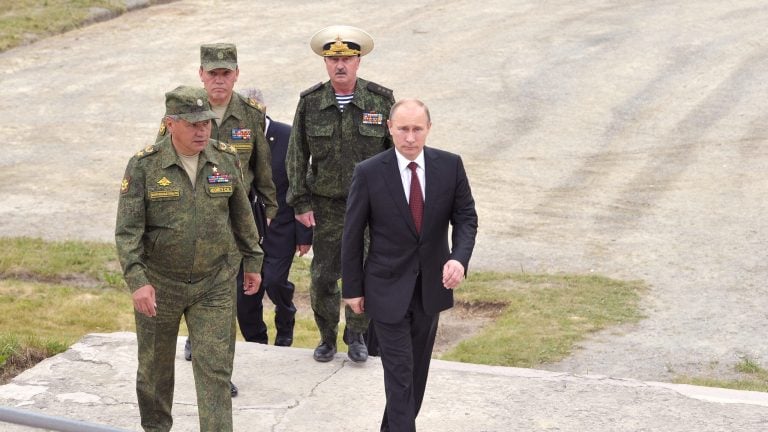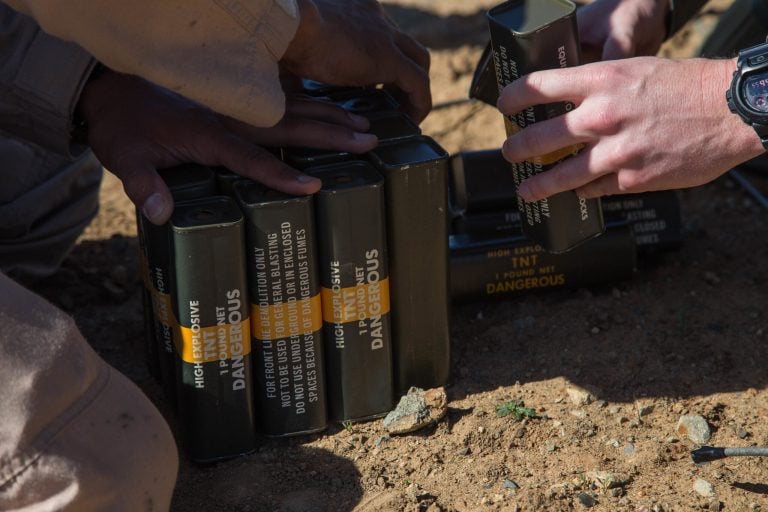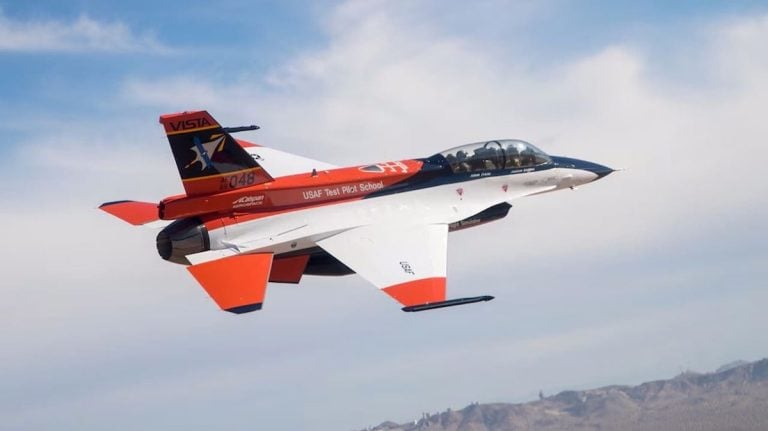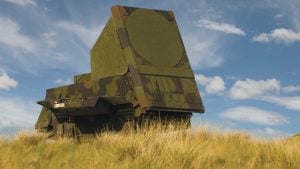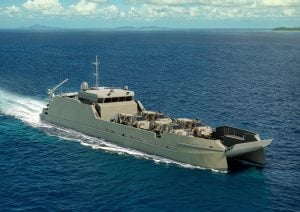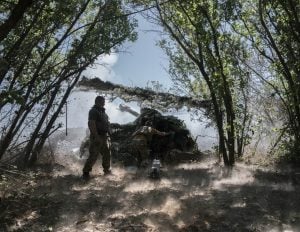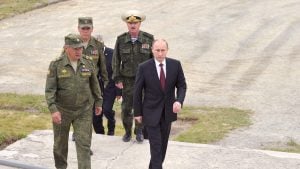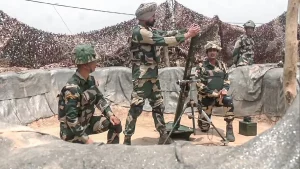The U.S. Air Force has successfully completed its first coding experiment aimed at enhancing command and control (C2) capabilities at the Howard Hughes Operations Center in Las Vegas, Nevada. This initiative, known as the Decision Advantage Sprint for Human-Machine Teaming (DASH), spanned two weeks and focused on software prototyping aligned with the military’s goal of integrating “transformational” decision-support tools for efficient battle management.
A crucial aspect of the experiment involved developing software capable of generating “Battle Effects,” which comprise recommended C2 data constrained by established rules of engagement and timing. The demonstrations were executed in two phases: the first phase utilized legacy tools to set a baseline, while the second phase leveraged the new prototypes. Each phase was evaluated against speed and accuracy benchmarks to determine the software’s effectiveness.
Throughout the experiment, personnel with minimal training were empowered to process data, thanks to the rapid feedback loops established between developers and warfighters. This real-time collaboration facilitated immediate refinement of the software. Additionally, the code was designed with flexibility in mind, enabling experts to employ various techniques to produce high-quality decision-making information. The scenarios in use incorporated unclassified components to foster collaboration between military personnel and civilian participants.
Lt. Col. Shawn Finney, the commander of the 805th Combat Training Squadron and one of the experiment’s supervisors, emphasized the potential impact of DASH on military strategies. He pointed out that current C2 systems often place a heavy burden of complex decision-making solely on human operators. With DASH, digital teammates can assist Airmen in perceiving, deciding, and acting more swiftly.
The conclusion of the experiment validated a “repeatable, scalable” method for C2 software development, showcasing how immersive engagement of software developers within the operational realities faced by warfighters could result in tools that are immediately usable. “Decision advantage is the capability gap that underwrites all others. With DASH, we’re not just closing that gap, we’re coding directly into it,” Finney noted.
Looking ahead, two additional DASH events are scheduled for later this year to further refine software functionalities and guide future investments. The success of this inaugural experiment was made possible through collaboration between various entities, including the 711th Human Performance Wing, the Air Force Research Laboratory, the Integrated Capabilities Command, and air battle managers from the Royal Canadian Air Force.
